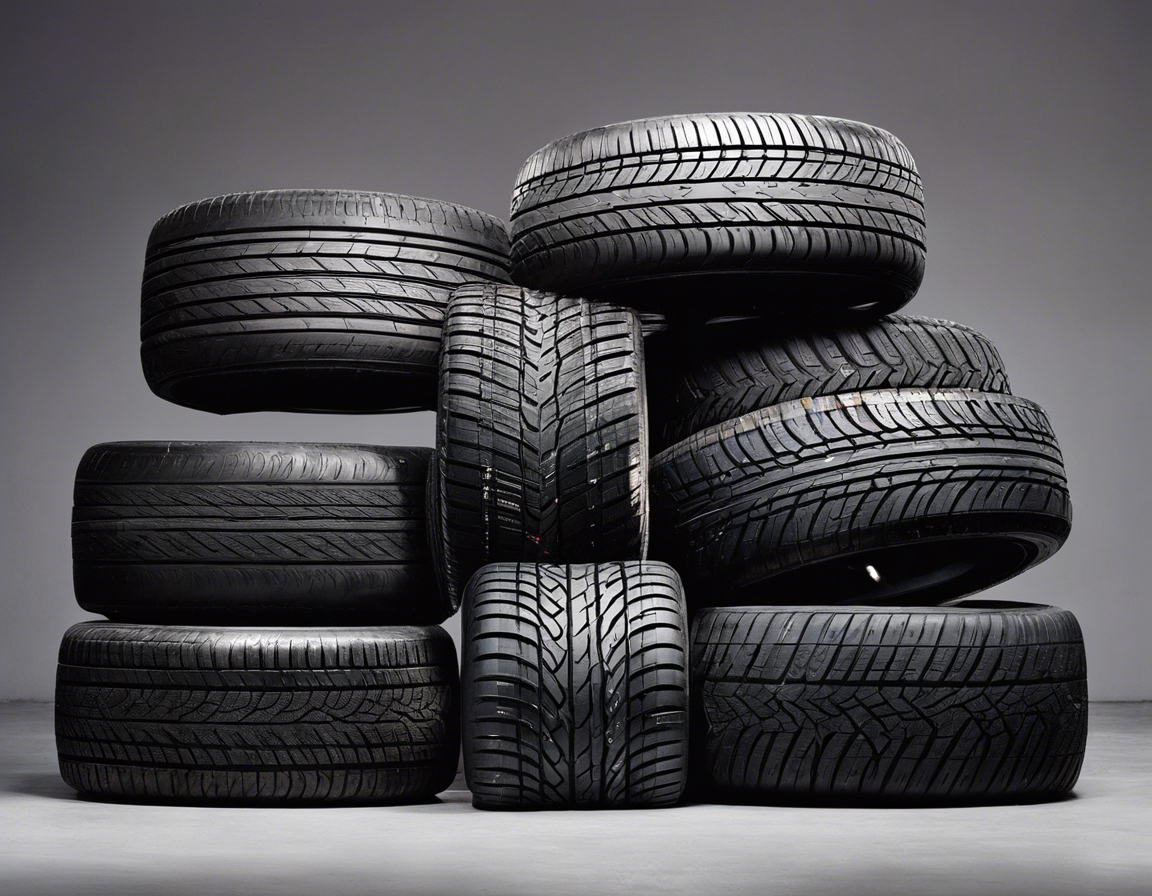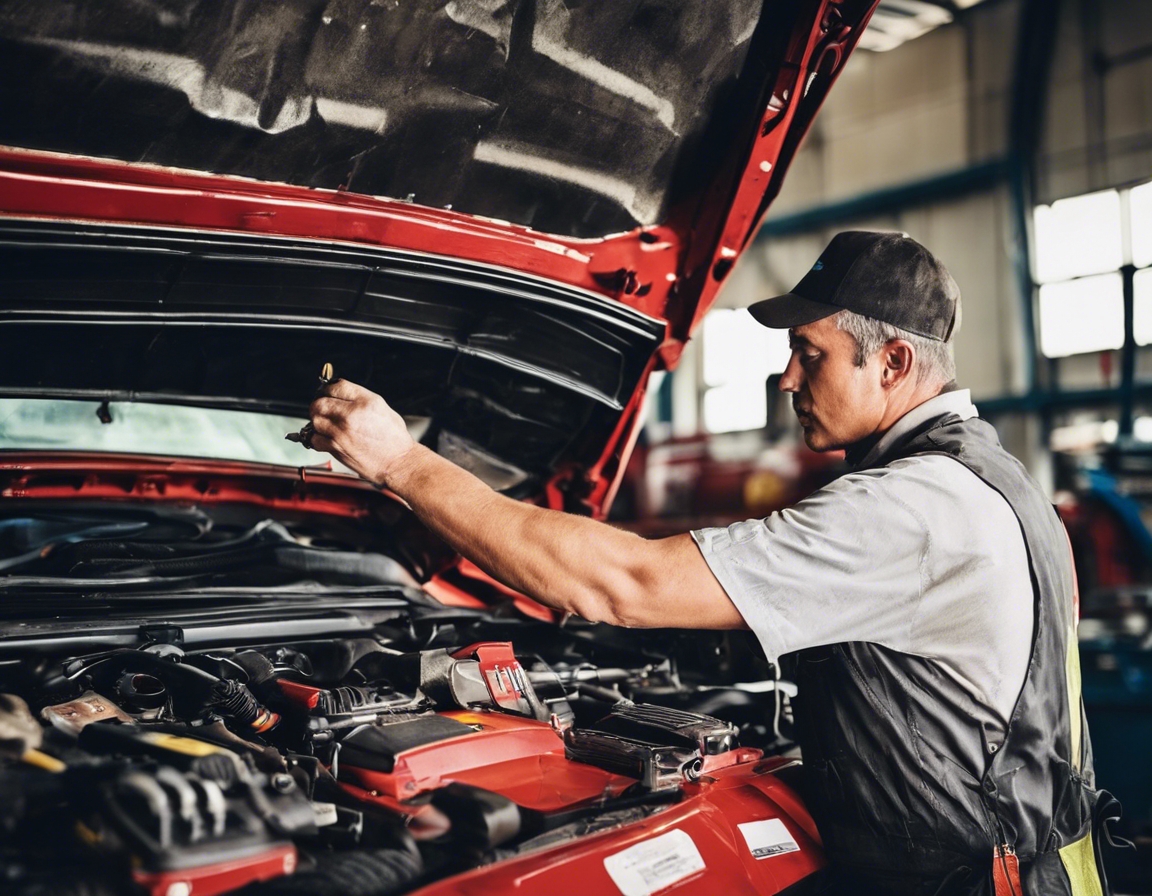The ultimate guide to custom car bodywork
Custom car bodywork is an art form that transforms ordinary vehicles into personalized masterpieces. It's a process that requires skill, creativity, and an eye for detail. Whether you're looking to add a unique touch to your ride or completely overhaul its appearance, custom bodywork can make your vision a reality.
Understanding the Basics of Car Bodywork
From traditional steel to modern composites, the choice of material can greatly affect the performance and aesthetics of your vehicle. Learn about the properties of different materials and how they can be shaped to fit your custom design.
Discover the essential tools for custom bodywork, including hammers, dollies, welders, and grinders. Understanding how to use these tools effectively is crucial for achieving a professional finish.
Designing Your Dream Car Exterior
Before any metal is cut or any paint is sprayed, a clear design must be conceptualized. This section will guide you through the process of turning your ideas into a feasible plan.
Modern technology allows for precise 3D modeling and rendering of your custom bodywork design. This step is essential for visualizing the end result and making any necessary adjustments before the physical work begins.
Preparation for Custom Bodywork
The first step in the bodywork process is to strip the vehicle of its original paint and sand the body to create a smooth surface for new materials to adhere to.
Primer is the foundation for a lasting paint job. Learn about the different types of primers and their applications to ensure your custom bodywork lasts.
Custom Bodywork Techniques
Metal fabrication is the backbone of custom bodywork. This section will delve into techniques such as cutting, shaping, and welding metal to create custom panels and components.
For those seeking a lightweight alternative to metal, fiberglass and carbon fiber are excellent options. This part of the guide will cover the process of molding these materials to fit your custom design.
Painting and Finishing Touches
Selecting the right type of paint is critical for the look and durability of your custom bodywork. We'll explore the different paint options and their benefits.
The final step in custom bodywork is detailing. This includes polishing, buffing, and applying protective coatings to ensure your car looks its best and is protected from the elements.
Maintenance and Care for Custom Bodywork
Custom bodywork requires regular maintenance to keep it looking pristine. This section will provide tips on cleaning and protecting your custom bodywork from wear and tear.
Accidents happen, but scratches and dents don't have to be permanent. Learn the best methods for repairing damage to your custom bodywork to keep your car looking like new.






Comments (0)